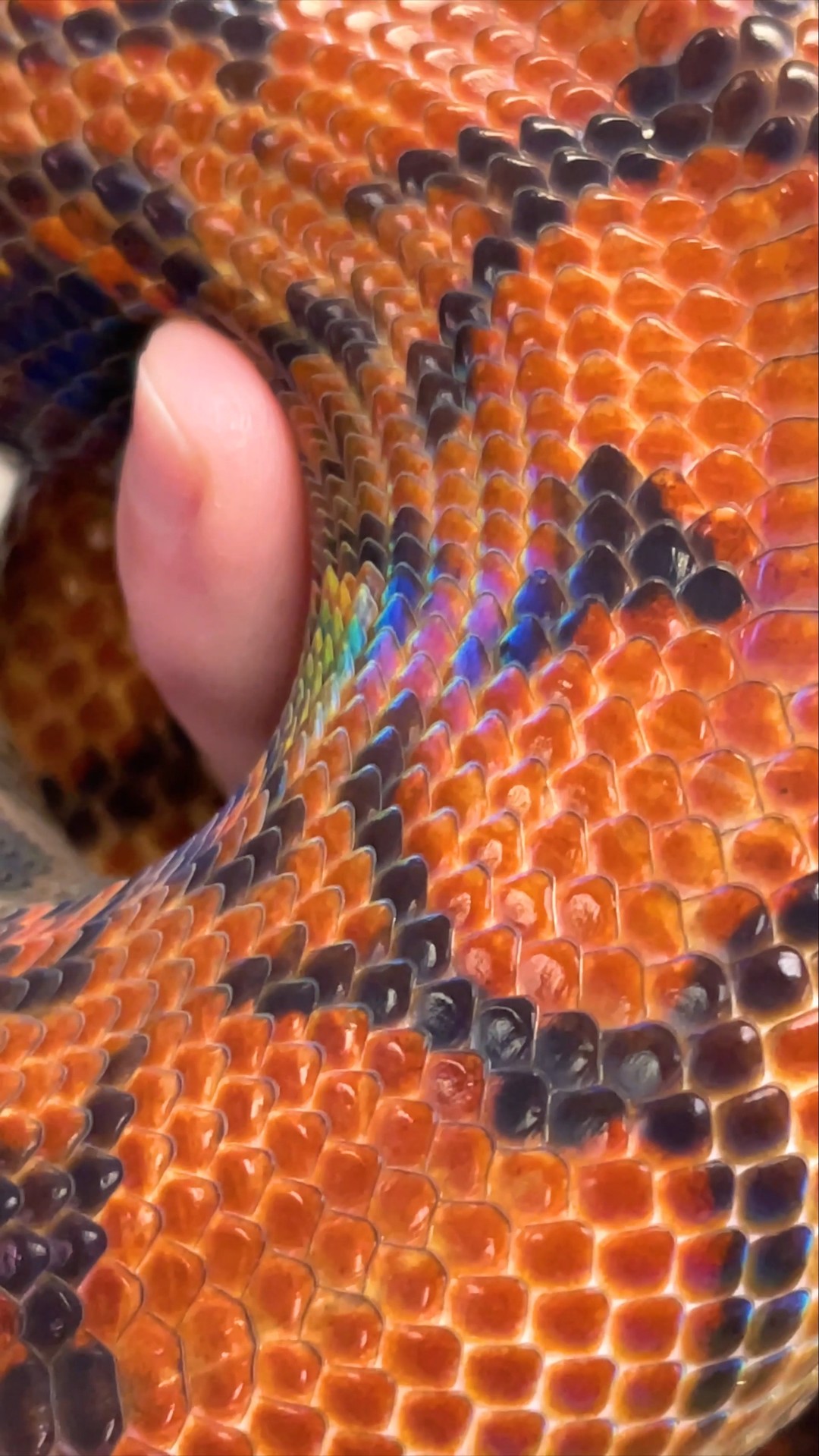– Understanding National Find A Rainbow Day and its significance
– Introduction to the Brazilian Rainbow Boa and its remarkable coloration
– The science behind the colorful effect on the Brazilian Rainbow BBoa’sscales
– Natural habits and status of the Brazilian Rainbow Boa in the wild
– Conservation efforts and the importance of preserving the species
April 3rd heralds National Find A Rainbow Day, an occasion dedicated to one of nature’s most brilliant phenomena. On this day, many enthusiasts venture into the outdoors after rainfall, hoping to spot an arching spectrum of colors against the sky. Yet, some may not be lucky enough to witness this natural splendor due to weather conditions or geographical constraints. For those enthusiasts, the Brazilian Rainbow Boa offers a fascinating alternative. With scales that reflect light in a rainbow-like display, this snake presents an alternative way to cherish the beauty of rainbows, not in the sky, but through a living example of nature’s wonder.
Epically named the Brazilian Rainbow Boa, scientifically known as Epicrates cenchria, is a serpent cherished for its iridescent scales. Found primarily in the lush regions of Central and South America, their habitats range from the Amazon Basin to coastal forests. Herpetologists and snake enthusiasts often admire these boas for the mesmerizing visual effect of their skin, which casts a prism-like illusion akin to a rainbow under the right lighting conditions. This phenomenon results from microscopic ridges on their scales that refract light much as a prism separates and reflects the colors of visible light.
The prismatic effect seen on the Brazilian Rainbow Boa’s scales is a captivating instance of structural coloration. Unlike pigments, which absorb certain wavelengths of light and reflect others, creating the color we perceive, structural coloration is produced by the physical interaction of light with small microstructures compared to the wavelength of visible light. In the case of the Brazilian Rainbow Boa, these microstructures are the ridges on the scales. When sunlight hits them, it is separated into different wavelengths, manifesting as a rainbow-like effect.
Venturing deeper into the Brazilian Rainbow Boa’s natural ecosystem, one discovers that these reclusive creatures favor humid and warm environments where they can thrive. They are usually found near water sources, providing a conducive atmosphere for regulating their body temperature and facilitating skin shedding. Their diet mainly consists of rodents and small mammals, and they are adept at using their inherent heat-sensing pits to track warm-blooded prey, using constriction to subdue their meals.
Despite their sensational appearance, the existence of the Brazilian Rainbow Boa is not without threat. Deforestation and habitat loss due to agriculture and urban development pose significant risks to these serpents. Furthermore, the pet trade also impacts wild populations as individuals are often captured and sold globally. Sustainable practices in pet trading and captive breeding programs are vital for reducing the pressure on wild populations.
Conservation initiatives that advocate for protecting the Brazilian Rainbow Boa’s habitat are crucial in safeguarding the species. These programs often work in tandem with local communities, aiming to balance human needs with environmental stewardship. Research into these snakes’ biology, ecology, and the impact of environmental changes plays a pivotal role in shaping conservation strategies that can ensure their continued survival.
Through education and awareness efforts, National Find A Rainbow Day can also serve as an opportunity to highlight species like the Brazilian Rainbow Boa. By fostering appreciation for natural diversity and the phenomena that make creatures such as these a treasure to behold, more individuals may be encouraged to support conservation efforts. This could extend to the protection of the Brazilian Rainbow Boa and the broader ecosystem it represents.
The Brazilian Rainbow Boa is more than just an emblem of National Find A Rainbow Day. It symbolizes the delicate ballet of ecological interactions and the importance of conservation. By ensuring the longevity of such a visually stunning member of the natural world, we affirm our dedication to preserving the tapestry of biodiversity and the countless known and unknown organisms that depend on it for survival.
*****
Source Description
Are you having trouble accomplishing the mission on National Find A Rainbow Day? No worries; we’ve got you covered. Allow us to introduce the Brazilian Rainbow Boa!
When seen in the sun, this Central and South American reptile’s appearance results from its ridged scales acting as tiny prisms!


